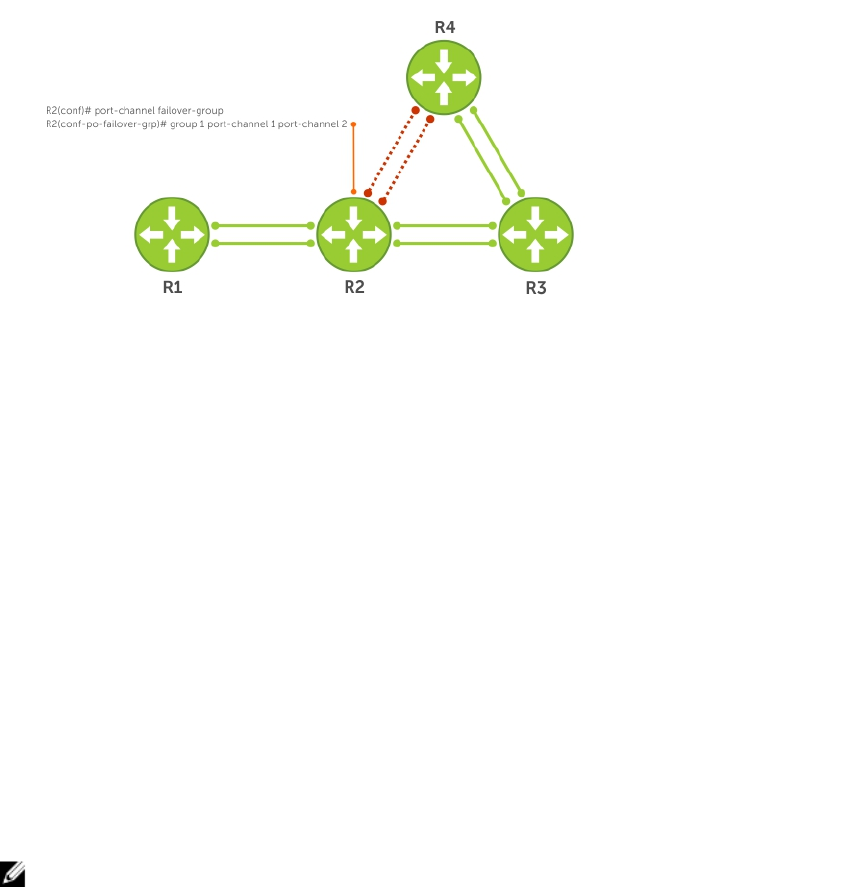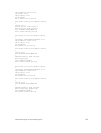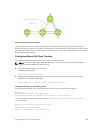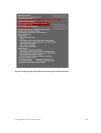
As shown in the following illustration, LAGs 1 and 2 are members of a failover group. LAG 1 fails and LAG
2 is brought down after the failure. This effect is logged by Message 1, in which a console message
declares both LAGs down at the same time.
Figure 56. Configuring Shared LAG State Tracking
The following are shared LAG state tracking console messages:
• 2d1h45m: %SYSTEM-P:CP %IFMGR-5-OSTATE_DN: Changed interface state to down: Po
1
• 2d1h45m: %SYSTEM-P:CP %IFMGR-5-OSTATE_DN: Changed interface state to down: Po
2
To view the status of a failover group member, use the show interface port-channel command.
R2#show interface port-channel 2
Port-channel 2 is up, line protocol is down (Failover-group 1 is down)
Hardware address is 00:01:e8:05:e8:4c, Current address is 00:01:e8:05:e8:4c
Interface index is 1107755010
Minimum number of links to bring Port-channel up is 1
Port-channel is part of failover-group 1
Internet address is not set
MTU 1554 bytes, IP MTU 1500 bytes
LineSpeed 1000 Mbit
Members in this channel: Te 1/17(U)
ARP type: ARPA, ARP Timeout 04:00:00
Last clearing of "show interface" counters 00:01:28
Queueing strategy: fifo
NOTE: The set of console messages shown above appear only if you configure shared LAG state
tracking on that router (you can configure the feature on one or both sides of a link). For example,
as previously shown, if you configured shared LAG state tracking on R2 only, no messages appear
on R4 regarding the state of LAGs in a failover group.
Important Points about Shared LAG State Tracking
The following is more information about shared LAG state tracking.
• This feature is available for static and dynamic LAGs.
• Only a LAG can be a member of a failover group.
520
Link Aggregation Control Protocol (LACP)


















